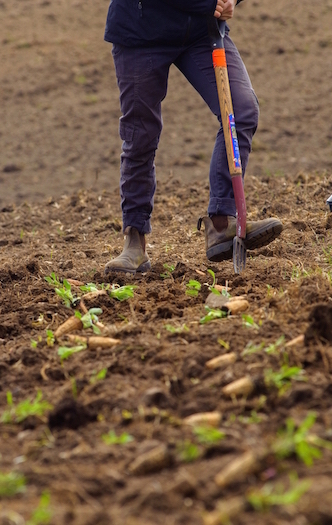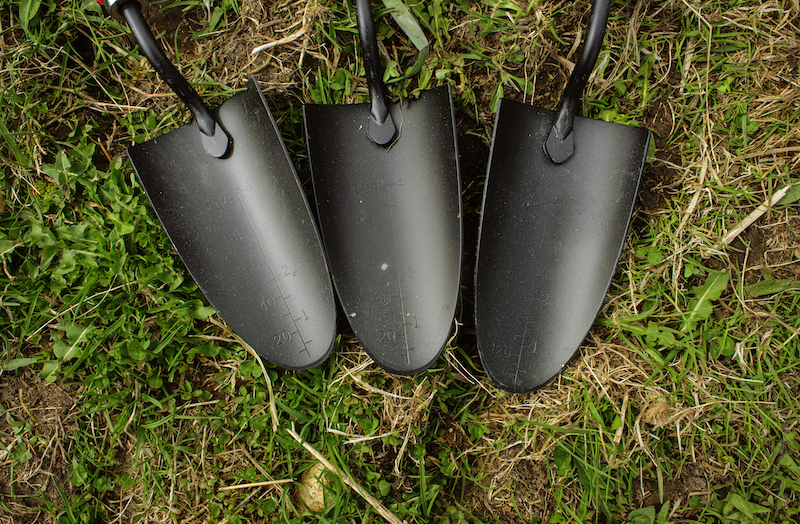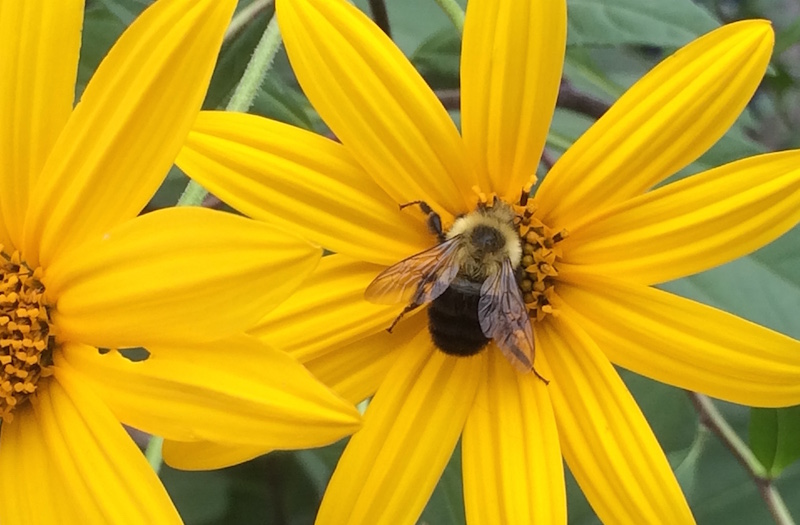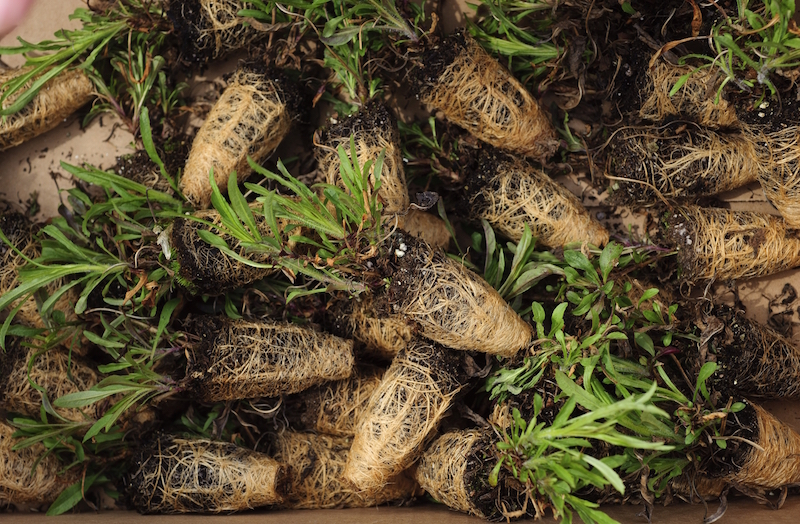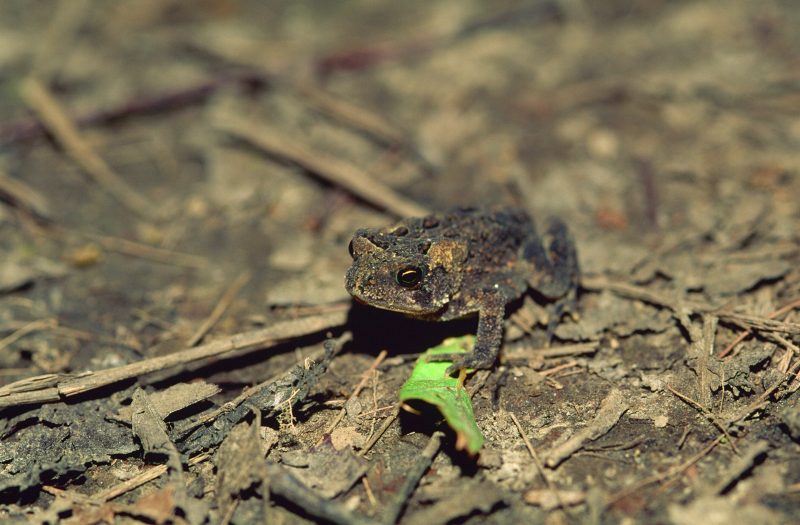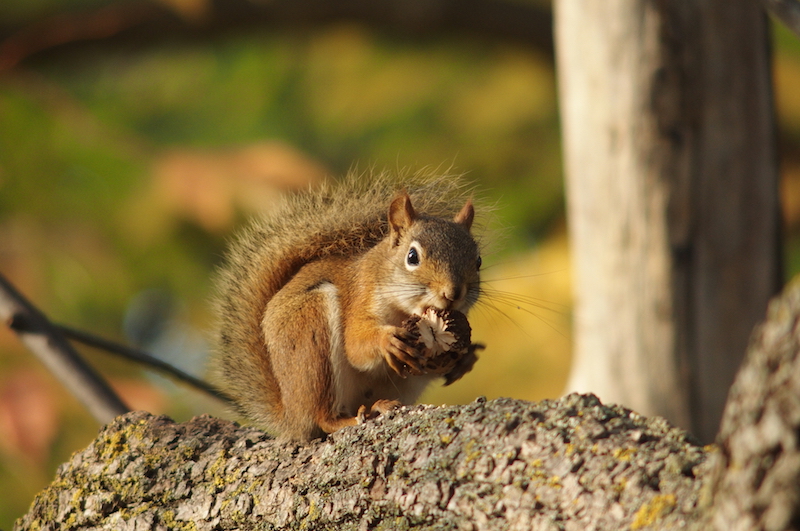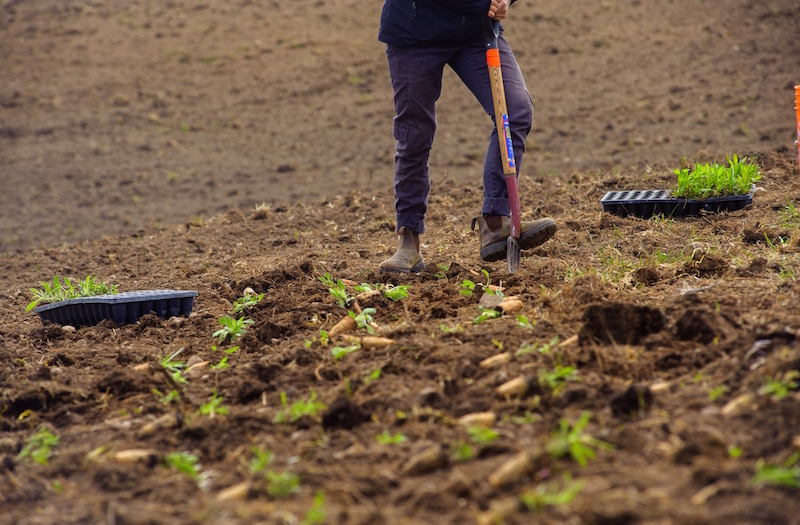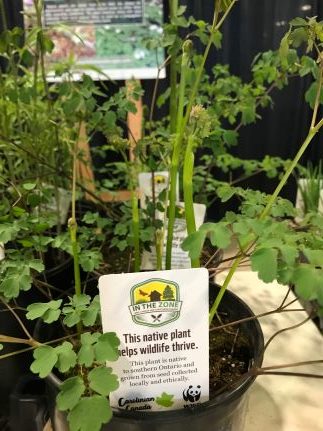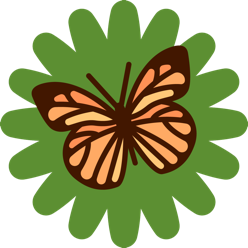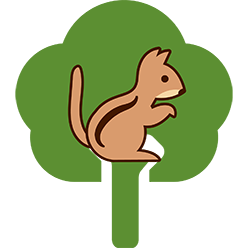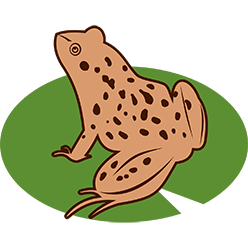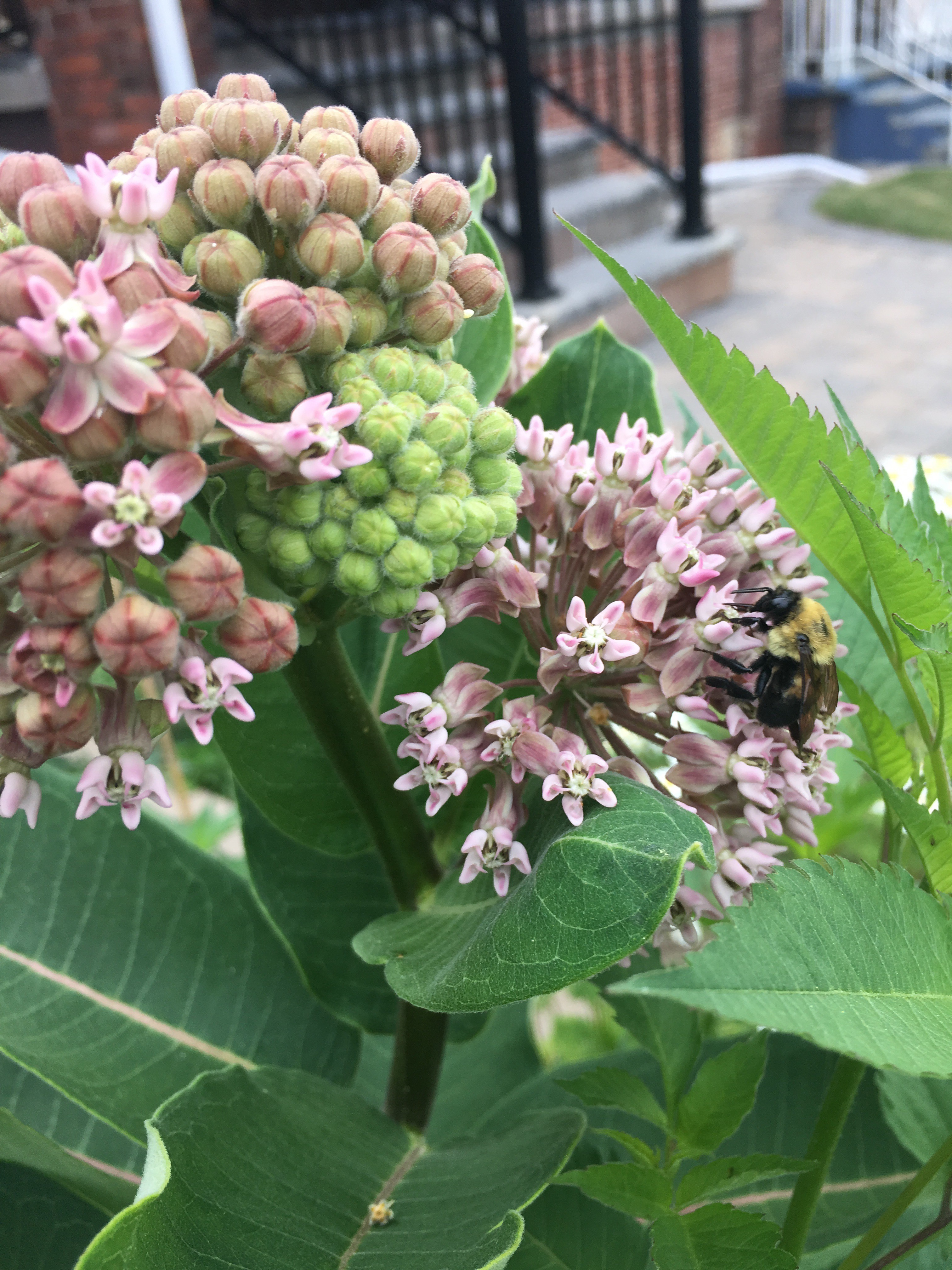What you plant matters! In the Zone helps people transform outdoor spaces with native plants to support wildlife, water and our ways of life. Restoring healthy ecosystems helps bring life back to communities, backyards, farmlands, gardens and balconies.
In the Zone participants are helping to Grow Canada’s Biggest Wildlife Garden simply by returning native plants to the landscape. These plants in turn provide food, nesting, and stopover and overwintering sites for pollinators like bees and butterflies, as well as other wildlife.
Join the In the Zone community to receive guidance and resources, and access to fun opportunities to take part in community science and become part of a larger solution to habitat loss.
The In the Zone program honours Indigenous knowledge and recognizes that all land is important by providing people with the tools and resources to transform and restore ecosystems, anywhere!
Growing gardens that help native species thrive.
In the Zone provides the tools needed for anyone to gradually transform outdoor spaces into healthy habitat for native wildlife.
Free gardening resources: Receive advice from wildlife and gardening experts to cultivate habitat for warblers, frogs, owls, butterflies, bees and more.
Track your impact: How healthy is your outdoor space? The In the Zone Tracker measures and tracks your restoration journey and connects your actions to Canada’s Biggest Wildlife Garden. This type of community monitoring helps ecologists and conservation organizations understand biodiversity and can reveal insights into ecosystem health.
Connect: An enthusiastic and supportive community of people helping to restore nature is waiting for you. Join the In the Zone community and share in planting tips, photos, plant and seed exchanges and celebrate the community’s successes.
What are native plants?
Native plants are the gold standard for attracting pollinators, restoring wildlife habitat and building healthy natural landscapes that are more resilient to climate change.
For In the Zone, “native” means that the plant species have evolved over thousands of years in the local environment — unlike invasive plant species, they’re adapted to local conditions and have deep relationships with other plants and wildlife endemic to the area. These are plants that were here before the colonization and transformation of much of the landscape.
